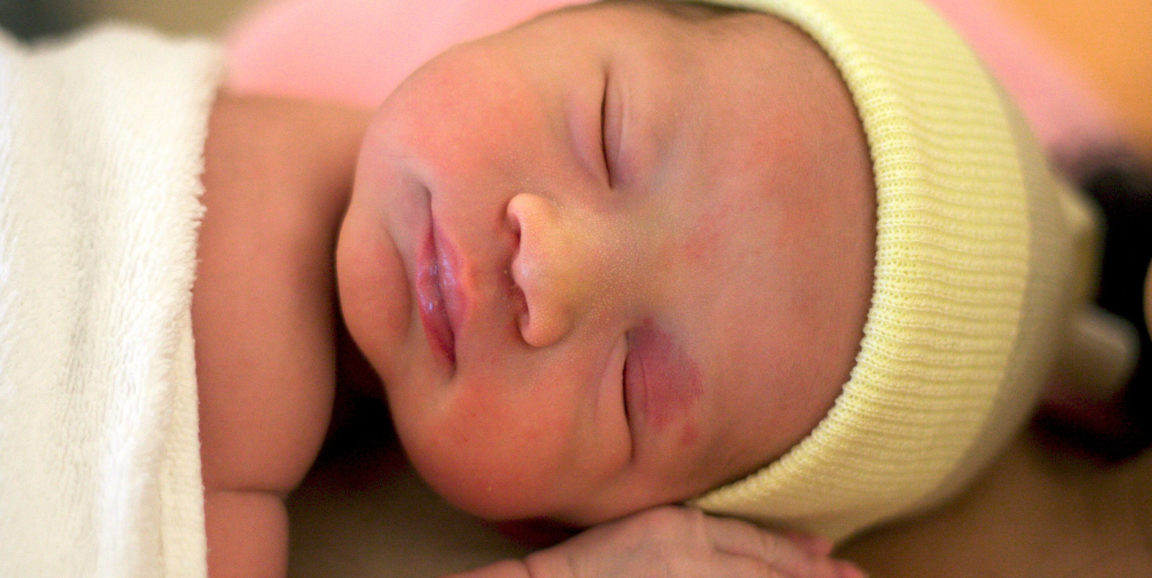Many healthy newborns are getting antibiotics they don’t need, but new research from Lucile Packard Children’s Hospital Stanford, published this week in Pediatrics, suggests a way to change that.
If a pregnant woman shows signs of infection just before or during labor, physicians give her antibiotics to try to stop the infection from reaching the baby. This works well: Today, although about 2 to 4 percent of mothers have infections during labor, only 0.5 to 8 of every 1,000 babies develops sepsis.
However, the success of maternal antibiotic treatment has created a new conundrum. Current standards of care call for giving antibiotics not just to moms, but also to every baby born to a mother with an infection. Typically, this is done for 48 hours, until a bloodstream infection is conclusively ruled out. It’s important to catch the rare infections that reach babies, because newborn sepsis can be fatal. Yet there is growing evidence that overuse of antibiotics also takes a toll.
“In times of antibiotic stewardship, we don’t want to unnecessarily use antibiotics in patients who don’t need them,” said Packard Children’s neonatal hospitalist Adam Frymoyer, MD, who led a project to test a different approach. Early doses of antibiotics alter the bacteria that colonize an infant’s gut, and there is growing concern that this may leave babies vulnerable to autoimmune disease and allergic conditions such as asthma and eczema.
In their new study, Frymoyer’s neonatal hospitalist team reports on the hospital’s efforts to change how they chose which babies needed antibiotics. The project focused on babies born at or near term, who generally have low infection risk.
The hospital continued giving antibiotics to mothers who showed signs of infection. (Over the 15-month study period, this group included 310 mothers.) However, if their babies appeared well at birth -- as 277 did -- the babies were not automatically given antibiotics. Instead, these babies were monitored in the nursery for vital-sign changes that could indicate an infection, such as faster breathing. Of the babies who looked well at birth, 11 percent developed signs of infection and received antibiotics and lab tests to look for infection. Babies who looked unwell at birth also got antibiotics. (No babies in the study actually developed sepsis.)
Overall, the hospital reduced its antibiotic use in babies born after 34 weeks of pregnancy by 55 percent.
“We’re pretty excited about our results,” Frymoyer told me. “This is the direction everyone wants to go.”
One challenge, he noted, is that the new approach requires more frequent checks on babies, and thus more nursing time. But because the overall risk of sepsis in babies that look healthy at birth is now so low, a one-size-fits-all approach to giving antibiotics is no longer an effective way to provide treatment, he added. “The risk factors aren’t as robust and predictive as they used to be,” Frymoyer said. “The clinical exam is central: You need a framework for repeated exams that provide a safety net to identify and treat the few cases of sepsis that do happen.”
Frymoyer hopes the new approach will also contribute to decreasing antibiotic resistance. “Antibiotics are effective, but now we’re finally starting to think about the fact that there’s potential harm if we overuse them,” he said. “We have to be more judicious, because the scale isn’t entirely tipped toward benefits.”
Photo by Joshua Rappeneker




